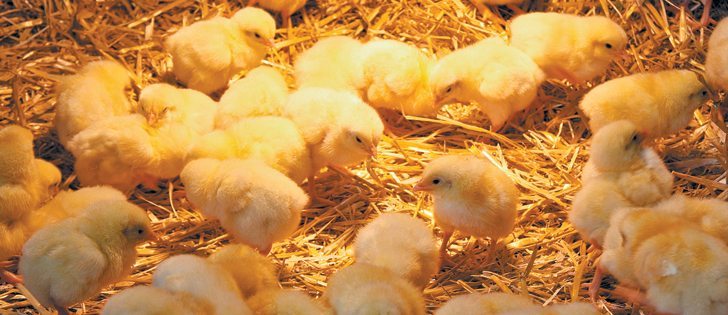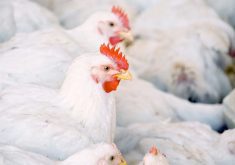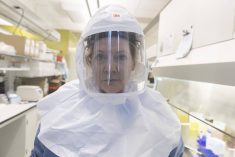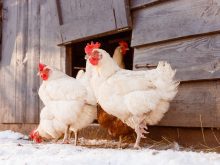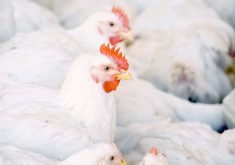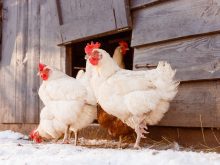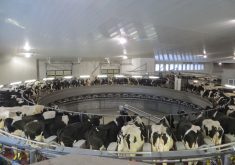Enterococcus | Cases of bacterial lameness linked to the bacteria have risen
Incidents of lameness caused by bacteria normally carried by chickens have challenged prairie poultry producers in recent years.
Officials aren’t sure why.
Enterococcus cecorum is one species of a bacteria normally found in the animal’s intestine. It’s not typically a concern for growers, but it can result in a bacterial infection in the animal’s spine when carried to other parts of the bird through its blood stream.
It’s an increasing disease concern within the broiler industry.
“It’s a bacteria that’s found in the guts of birds, and it’s not a new thing,” said Tom Inglis of Poultry Health Services in Airdrie, Alta.
Read Also

Volatile temperatures expected for this winter
DTN is forecasting a lot of temperature variability in the Canadian Prairies this winter. Precipitation should be close to average.
“But this manifestation, something changed either in the organism or in the birds or a combination of both that have allowed it to cause this new problem.”
Inglis said producers can observe cases of lameness as early as 14 days, but it’s typically 21 days or later. Cases may be mistaken for spondylolisthesis, or kinky-back.
“So they’re used to seeing a little bit of that problem,” said Inglis.
“When they started seeing a lot of it, we were looking in the lab and we were seeing it was being caused by a bacterial infection, not a physiological change in the bird.”
Chicken Farmers of Saskatchewan said in its 2013 annual report that broiler producers in that province reported 145 disease incidents last year. Of those, nine percent were cases of bacterial lameness.
“It seems to appear on the same farms several times, but we’re not sure of all the factors that lead to the disease showing up. The bug is always there. We don’t always know what triggers it to cause a flock problem,” said Inglis.
“Honestly, the harder you look, the more you find. I think part of the increase in identification is also because it’s been well documented in the U.S. and in the literature now, so we’re looking a little bit harder for it.”
The Chicken Farmers of Saskatchewan report said E. coli remains the most commonly identified culprit in these cases, but enterococcus species are an emerging issue that was not isolated to Saskatchewan before 2010.
The species has also been linked with cases of yolk sac infection, said the report.
“We don’t know how and why this is happening, so right now I think as for advice, we cannot say anything new,” said Susantha Gomis, a researcher at the University of Sask-atchewan.
“It could be some of the factors, like the environment, to the bacteria has maybe changed compared to years ago.… It could be even the antibiotics that we have been using.”
Gomis’s research is probing the bacteria’s connection with broiler breeders and contaminated eggs.
In an ongoing study, Gomis is collecting samples from operations that experience an incident of more than two percent mortality in the first three days.
He said the bacteria is not a food safety concern but will affect mortality and chick performance.
Enterococcus is already resistant to most antimicrobials, exacerbating the need for antibiotic alternatives, he added.
Gomis said the hope is to develop production methods to improve animal performance against the bacteria.
“We are going to look at whether we do that in ovo, as a preventive thing, or even (in) drinking water or spray or something like that at the hatchery,” he said.

